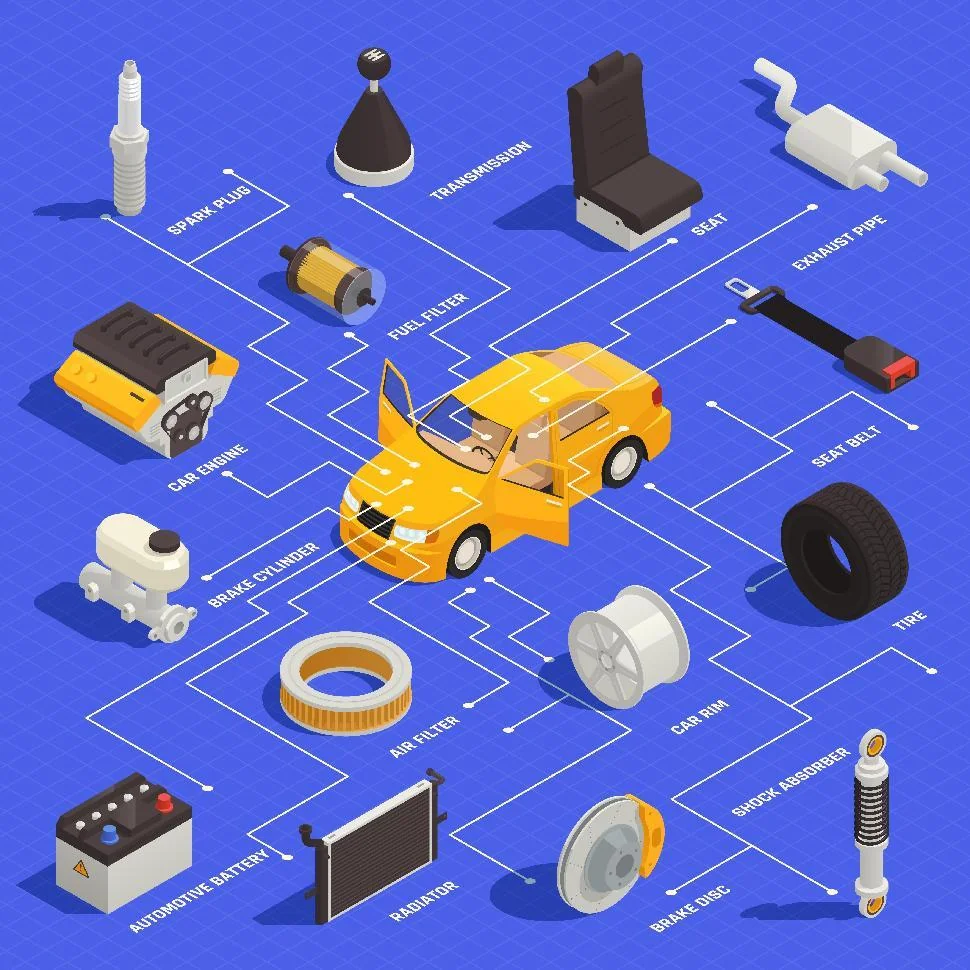Product designers and engineers can sometimes get hung up on perfecting a prototype; they lose sight of the bigger picture and tend to waste development time.
That is why there are techniques that could speed up the prototyping process. One of them is prototype machining. Additive manufacturing, which is CAD-to-component technologies have proven their worth in rapid prototyping.
Table of Contents
ToggleMachining for Prototyping
Although many people now consider 3D printing the ultimate form of rapid prototyping, prototype machining has its place in creating prototype parts. The process is still beneficial and should be considered as a prototyping technique.
Prototypes can have different functions. The most basic is as props and placeholders – a loose representation of a final part conveying a visual representation of how the final product will look and function.
These types of prototypes help the research and development team to provide proof of concept and guide the process. If these prototypes are made to a high standard they can be used to pitch the idea to investors.
Machining can be an excellent choice for prototyping but its use depends on the nature of the prototype.
Here are some questions that you need to answer before deciding on prototype machining.
- What is the purpose of the prototype?
- What material will it be made?
- What will be the material of the final product?
- All these questions will guide the user to use the most appropriate type of prototyping.
From File to Prototype
One of the biggest reasons why many manufacturers prefer prototype machining is the CNC element in the machining. Because prototype machining is a digital process that creates a part from a computer file, it allows engineers to speed up the prototyping process.
These machined parts can closely resemble the intended finished part with similar dimensions. Plus, in prototype machining, the degree of repeatability is high.
Also, the digital nature of the machining process allows for quick and precise alterations. If the machined prototype has exhibited flaws in its physical flaw resulting from incorrect design, the product development team can go back to the CAD software to make changes for the next prototype.
They can also compare the side of the prototype by side and can test how the part will perform in the real world through simulation.
Proximity to the Final Part
One of the major advantages of using prototype machining to create prototypes that are similar to the final part. Because machining workshops can produce end-use parts with the same machine, they can create prototypes that closely resemble that final part.
Another factor why this is possible is because of the materials used. Most engineering metals are highly machinable, allowing engineers to create prototypes from the same or similar materials as the final part.
The process itself is also a factor. Its machined parts are strong and do not exhibit weakness along the axes. Also, creating prototypes that are close in appearance and behavior to the final part will make it easier for bridge production as there are few changes needed.







